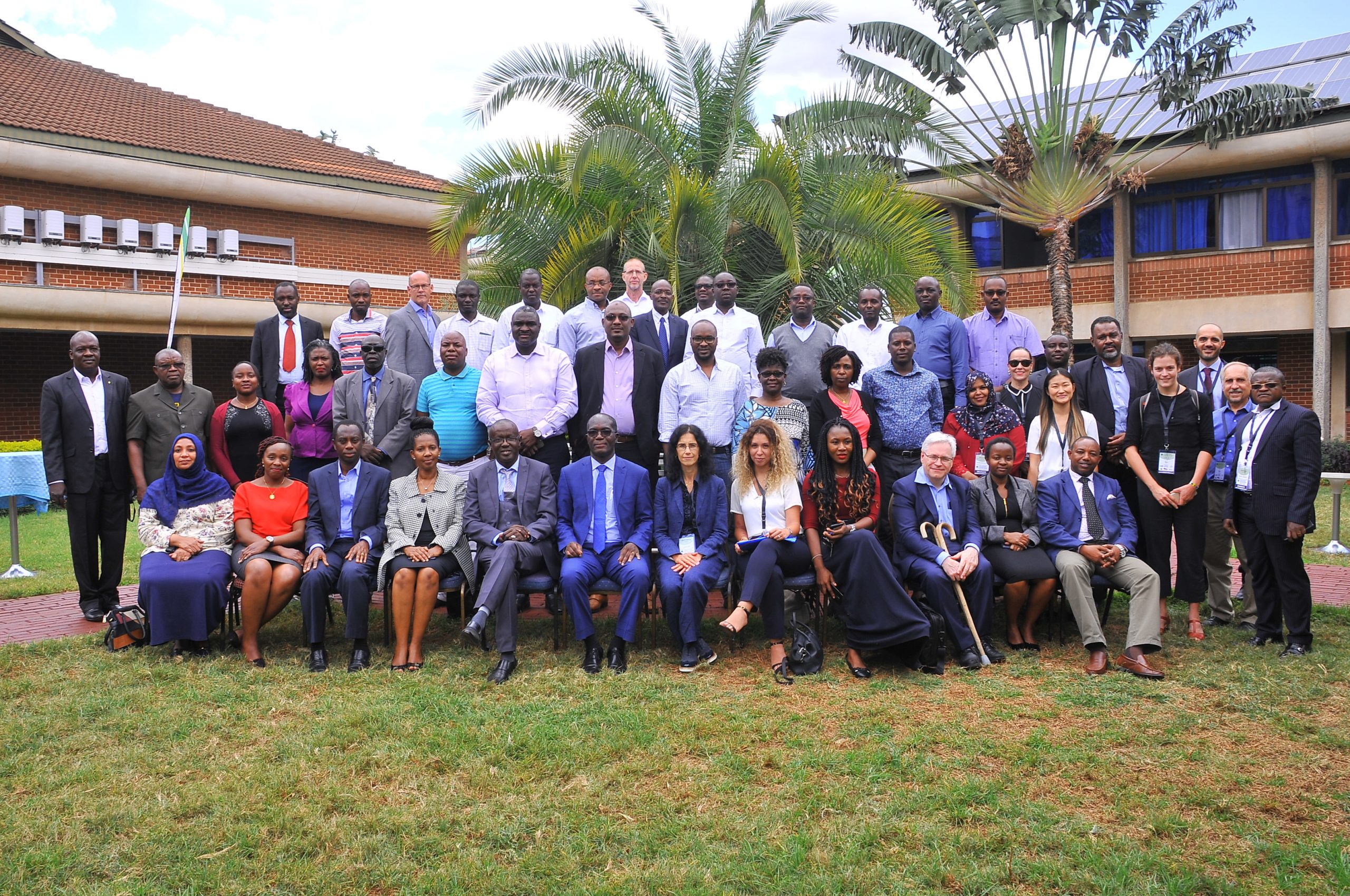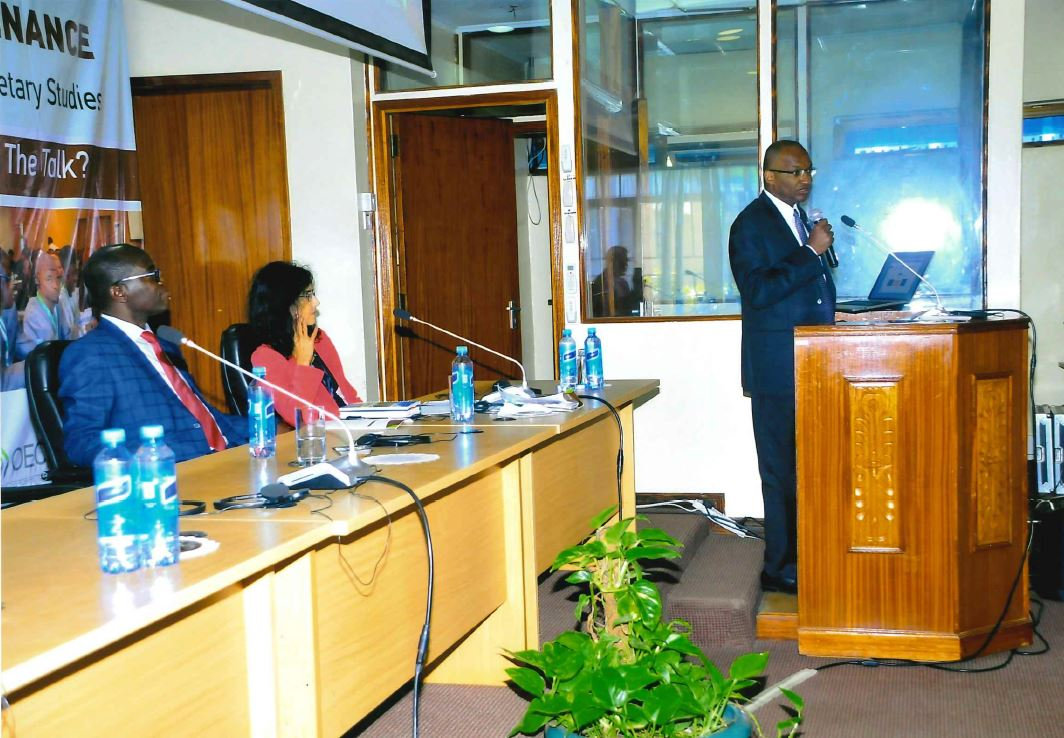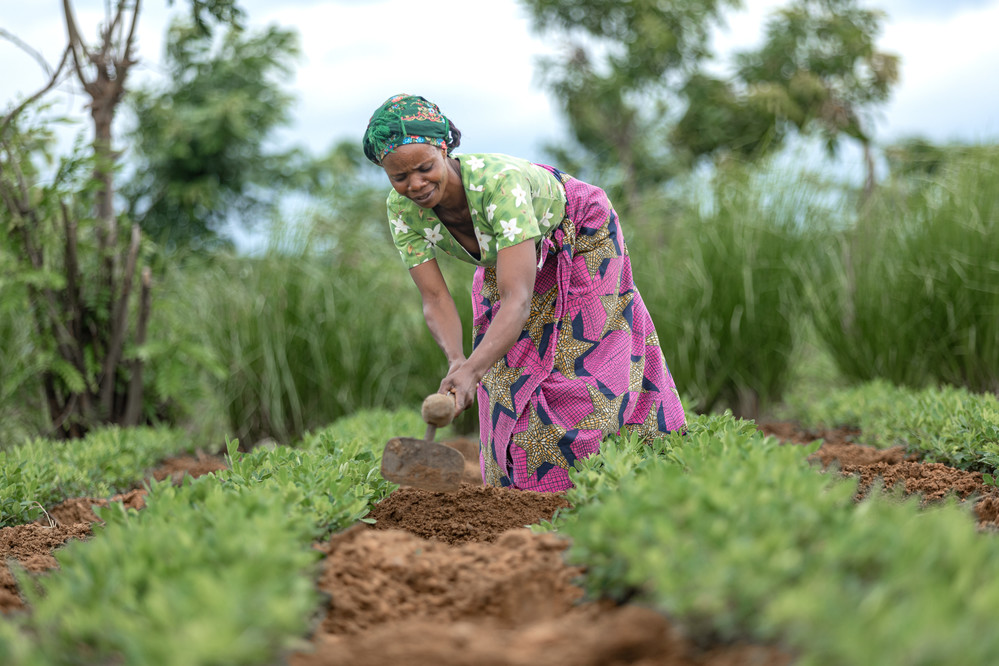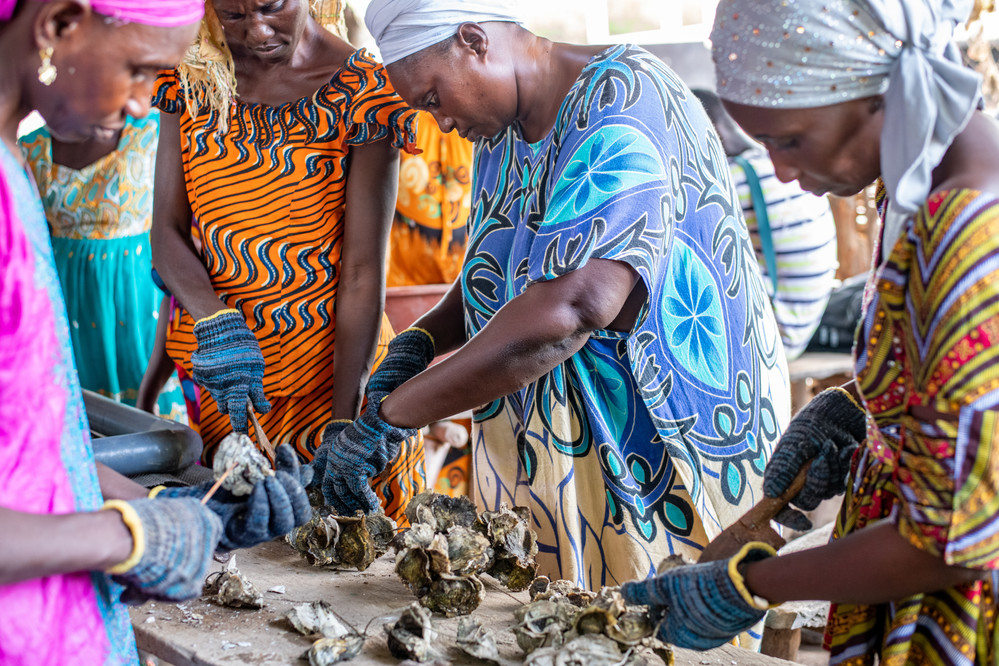
Participants at the AFRACA International Conference on Best Practices in Rural and Agricultural Finance
On 01 October 2019, SAFIN, OECD and AFRACA co-organized a workshop on blended finance and its possible applications in the context of agricultural finance in Africa. The event was hosted by AFRACA at the Kenya School of Monetary Studies and it targeted a variety of financial institutions representing the diverse membership of the Association. The occasion was the annual AFRACA International Conference on Best Practices in Rural and Agricultural Finance, which aims to advance good practice among African agricultural banks, central banks, commercial banks and micro finance institutions.
For the co-organizers, the objectives of the event were three-fold. Firstly, to validate the findings of the on-going SAFIN-OECD “deep dive” research on blended finance and agriculture, by listening to the perspectives of African financial institutions with previous or ongoing engagement in this space. Secondly, to enrich the set of experiences documented in the case studies gathered for the deep dive, by identifying other instructive examples from the region. Thirdly, to generate ideas for follow up activities within and beyond the deep dive, which the co-organizers may take up individually or together.
The event was opened by the Secretary General of AFRACA, Thomas Essel, and by the Senior Coordinator of SAFIN, Bettina Prato, who also chaired the morning session. This was dedicated to reaching a common understanding of blended finance, understanding the main features of this market – both globally and specifically in Africa and in agriculture, and understanding also the main challenges associated with blended finance from a normative, operational, and data-related perspective.

Thomas Essel, Secretary General of AFRACA, Bettina Prato, Senior Coordinator of SAFIN and Patrick Ngugi Njoroge, Governor of the Central Bank of Kenya
Lasse Moller-Senior Economist and Private Sector Development Advisor at OECD, presented the main conceptual and normative issues around blended finance, complemented by a more in-depth analysis of blended “archetypes” and recent data on the market from Ladé Araba- Managing Director for Africa at Convergence. Yuri Soares Dillon of the IDB Innovation Lab, co-lead of the deep dive on SAFIN’s side, presented the main elements of a report prepared last Spring for the network around the landscape of blended finance in relation to agriculture and rural finance. He also noted some of the challenges that lie in the way of building up a sound knowledge base on this theme, including data, definition, and reporting issues.
The core of the event featured in-depth collective reflection on three examples of how blended finance can be used to re-distribute risks associated business model risks for lenders engaging with agri-SME and/or smallholder clients. These were the Financing Ghanaian Agriculture Project (FinGAP), presented by Amanda Fernandez, Director of Economic Growth at Palladium, the Programme for Rural Outreach of Financial Innovations and Technologies (PROFIT), presented by Ezra Anyango, Senior Programme Officer-Blended Finance at AGRA, and the Private Agricultural Sector Support Trust (PASS), presented by Nicomed Bohay, Managing Director at PASS. The three case studies featured different approaches, ranging from pay-for-success incentive systems to value chain structuring and organization of data platforms to guarantees.
Led by Massimo Pera of FAO, the case study session teased out both commonalities and differences – in contexts, assumptions, methodologies, and impacts – across the case studies. It also brought out a number of commonalities, first among these the importance of ecosystem-wide approaches covering not only the supply side of agri-finance but also the sides of demand and intermediation. Among other things, this can mean using development finance both to support the capacity of lenders to serve a specific market, and also to support the capacity of providers of technical assistance and aggregators (e.g. farmers’ organizations). In some instances, it can also involve using development finance to support the functioning of specific value chains – as illustrated also in a subsequent panel chaired by the SAFIN Senior Coordinator on 2 October, featuring the experiences of NIRSAL, GIRSAL and Credit Agricole du Maroc in terms of risk-sharing in agri-finance.
Participants expressed strong interest in advancing their capabilities in the area of structuring blended solutions to different challenges they face at the institution or ecosystem level. To this end, the co-organizers are considering how to develop a set of practical learning tools built on distilling further learning from the case studies collected for the deep dive. At the same time, many participants also noted that they are in a position to share more from their different experiences in the use of development finance to mobilize commercial finance for agri-SME and smallholder investments. This confirms that there is no dearth of practice led by national development finance institutions across Africa that can be regarded as “blended finance” although not currently labelled as such, and therefore also the need and opportunity to work in partnership with these institutions to advance good practice not only internationally but also at the country level.
Event resource materials

